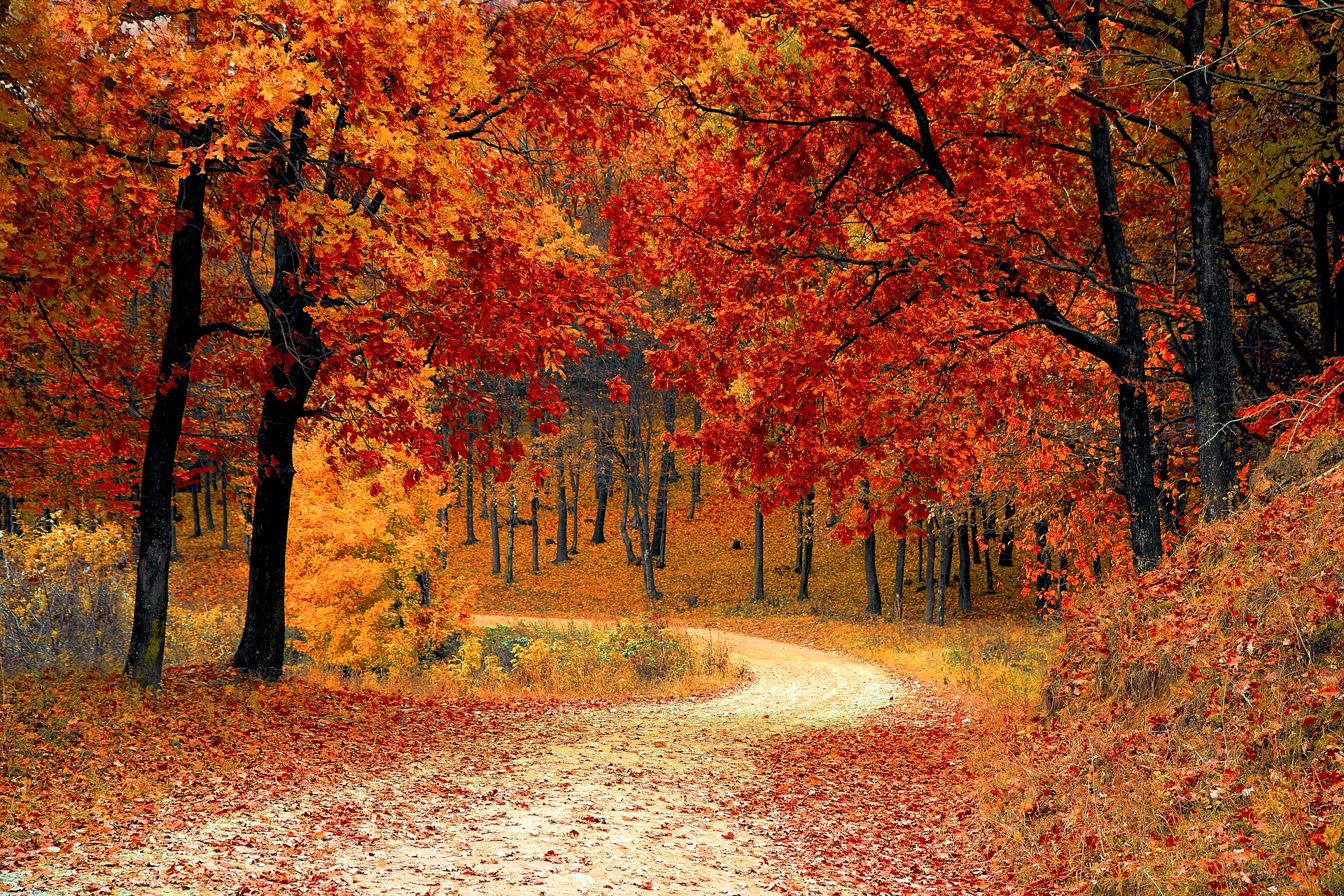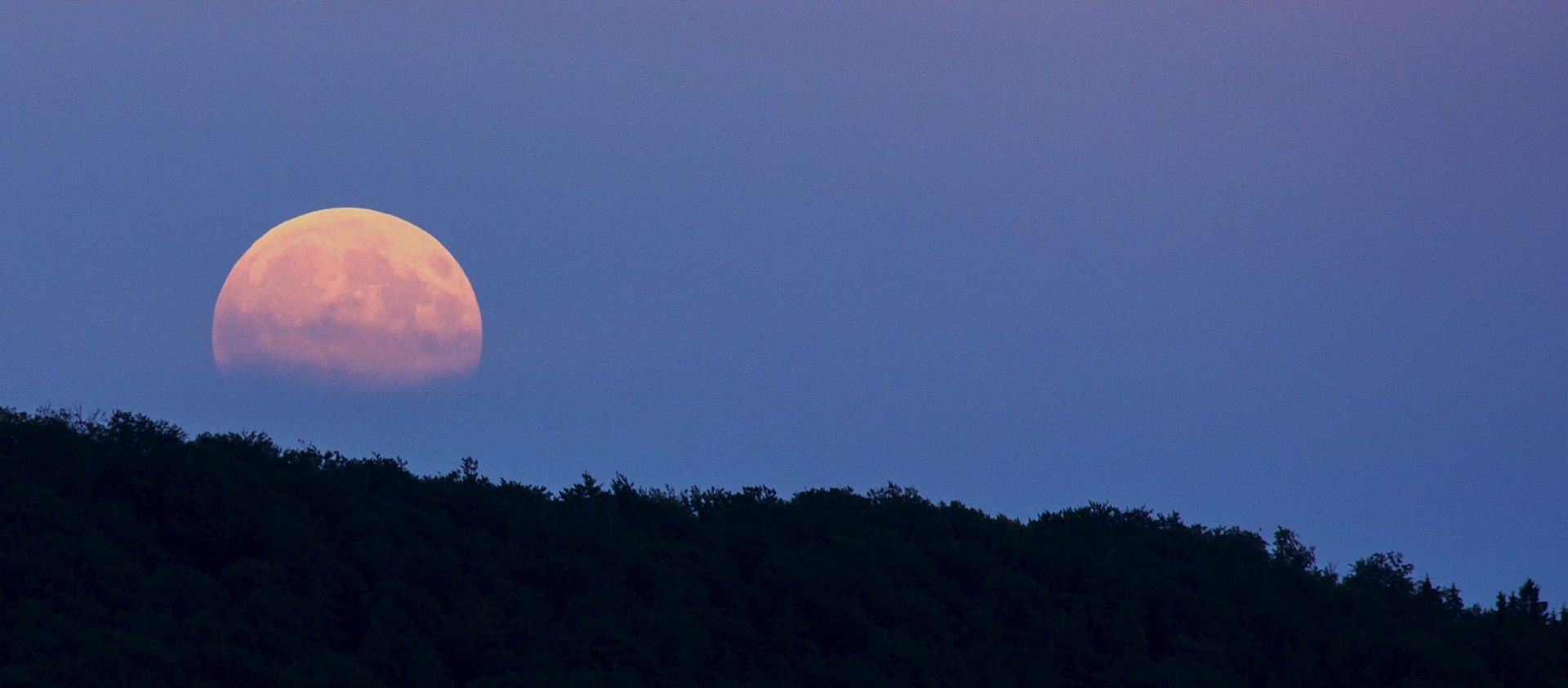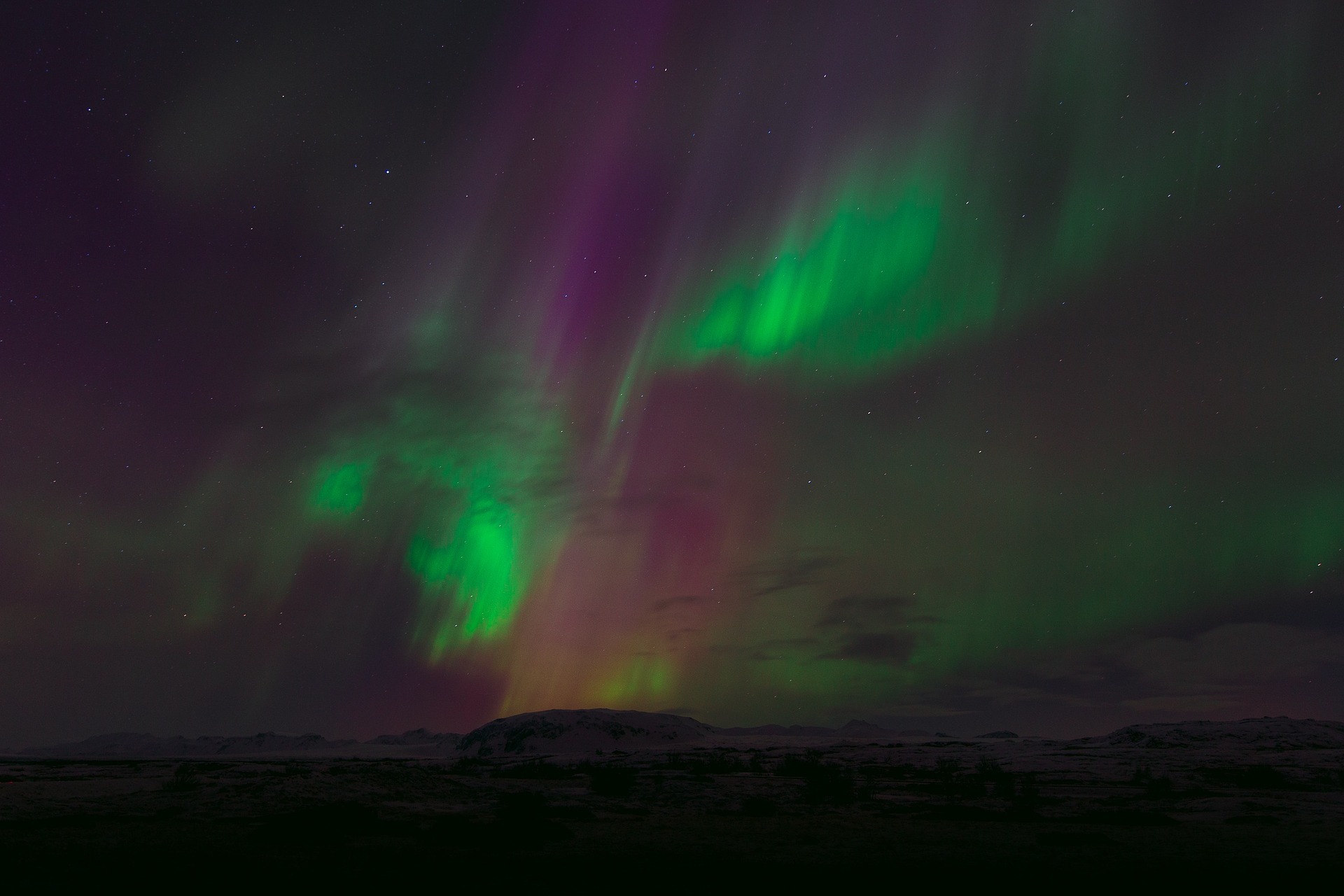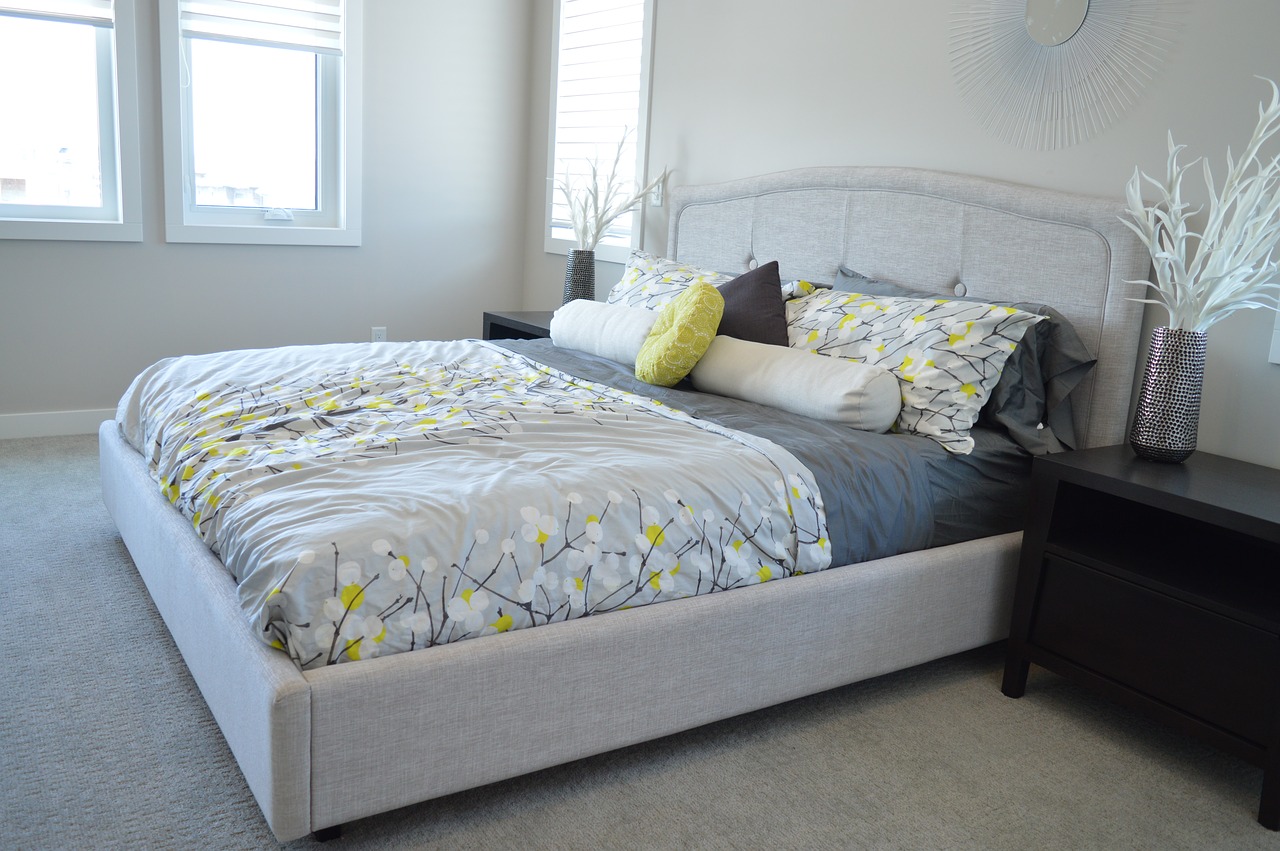
Wimbledon 2020 Cancelled
It is almost that time of the year when people would go watch a sporting

Sunday, September 23 is the 2018 September equinox and the official beginning of the autumn season.
Equinox as derived from a Latin word that means “equal night” aptly describes the days of the year when the daytime is nearly equal in length to the nighttime all over the world, about 12 hours each. Every year, there are two equinoxes – one in September and one in March. This phenomenon takes place when the sun moves across the celestial equator to make day and night almost equal in length.
For the rest of the days of the year depending on the season, either the Northern Hemisphere or the Southern Hemisphere faces the sun. However, on the particular occurrence of the two equinoxes, the earth’s equator directly faces the sun.
At the very moment when the sun moves south across the celestial equator – or the imaginary line in the sky above the Earth’s equator – the September equinox happens. The specific date on which the September equinox occurs varies between September 22, 23, and 24.
There are different seasons for each hemisphere of the Equator, and when the September equinox or autumnal equinox happens, the first day of fall also occurs in the Northern Hemisphere. Conversely, when the vernal or spring equinox happens in March, it signals the first day of spring.
Although an equinox is actually just a point in time and not an entire day, many people celebrate these specific days of the year. That point in time is the moment when the sun moves across the celestial equator, or what is called the imaginary line in the sky above the Earth’s equator. At this instance, the sun shines directly at the equator and its rays are perpendicular to the Earth’s axis.

During the September equinox, the full moon nearest the start of the autumnal equinox is called the Harvest Moon. It is astronomically remarkable. For several days before and after the full Harvest Moon, the moon rises at shorter periods of time than the average time it ordinarily takes.
For every other lunar month, the moon rises on average at about 50 minutes later every day. However, for a few days around the time of the Harvest Moon, the moon rises only about 30 to 35 minutes later.
The Harvest Moon Effect happens because the moon’s ecliptic orbital path is at a narrow angle to the evening horizon near the autumn equinox. In the Southern Hemisphere, the opposite happens, where the moon rises more than 50 minutes later than on the previous day.
The earlier than usual rising of the moon results in shorter periods of darkness between the sunset and the moonrise. The additional light provided traditionally helped farmers gather their crops despite the fading daylight hours. This is why it is called the Harvest Moon, and its light the lamp of the Harvest Moon.

Those who are situated at the high Northern latitudes are in for a treat during the September equinox. They have more chances to witness the numerous displays of the aurora borealis, also called the northern lights. NASA has reported that the equinoxes are the optimum times for the northern lights to display due to the fact that geomagnetic activities are likely to happen twice as often in the spring and fall seasons rather than in the summer or winter.
Autumn is usually the time when people begin to make preparations for winter. It starts to get colder during autumn, and there is a need to put summer things away and bring out warmer winter wares. Things such as bedding, clothing, curtains and other items that were used during the spring and summer months are packed up and the heavier winter supplies replace them.
With thermo-regulating bamboo, however, you don’t need to make so many changes. Thermo-regulating bamboo naturally adjusts to the changing seasons. As strange as it may seem, the materials that kept you cool during the summer will also keep you warm during the winter.
Thermo-regulating bamboo materials have a natural fiber structure and particular weave that make it able to equalize temperature. These materials help the body to release excess heat when it’s hot out, and help you to retain body heat when the air around you is colder. If you have bamboo clothing, pillow cases, sheets, mattress toppers, sofa covers, curtains and other items made from thermo-regulating bamboo fabric, you can still comfortably use them when the days grow colder. All you need is to add a coat and comforter and maybe some drapery and an afghan to make your usual living area trappings suitable for winter.

It is almost that time of the year when people would go watch a sporting

Queen Elizabeth II has two birthdays to celebrate: her actual birthday on 21 April and

The first of May is celebrated by many countries around the world as Labour Day